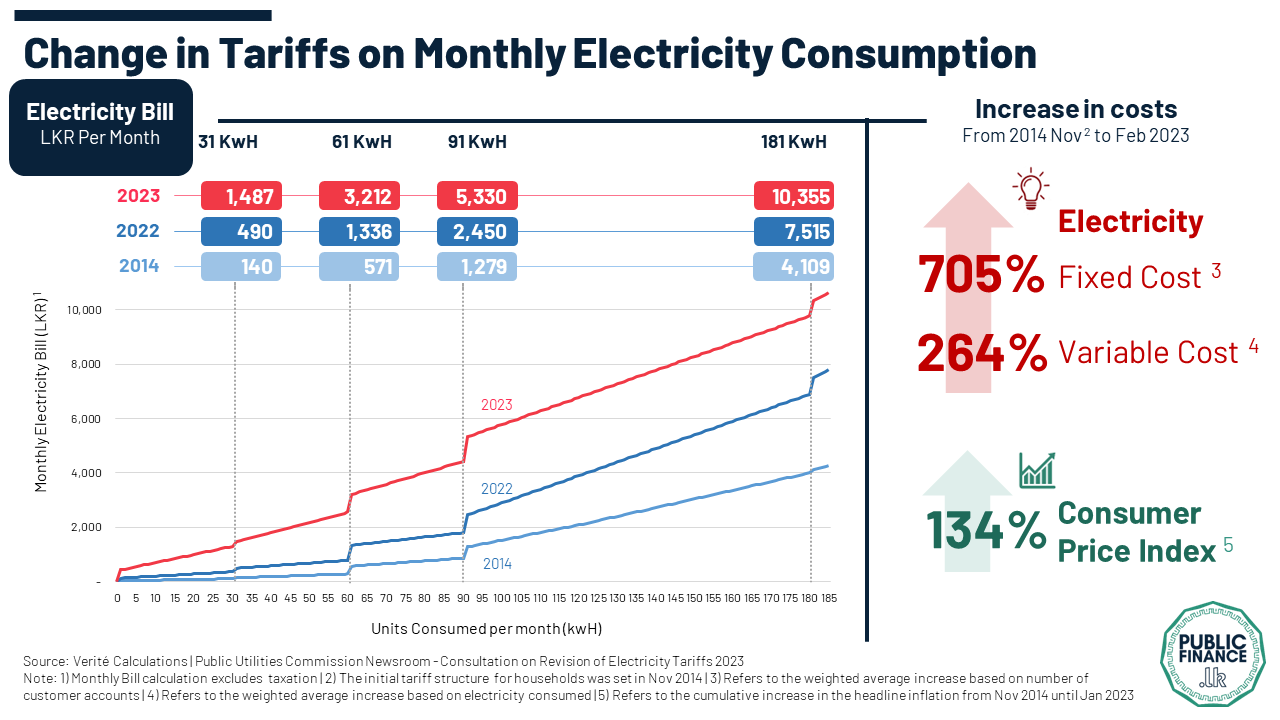Dutch Energy Experiment: Lower Tariffs When Solar Power Is Abundant

Table of Contents
How the Dynamic Pricing Model Works
The core concept is simple: electricity prices fluctuate based on real-time solar energy generation. When solar power output is high (e.g., midday on sunny days), tariffs decrease. Conversely, when solar energy is scarce (e.g., nighttime, cloudy days), tariffs rise. This dynamic pricing system directly reflects the availability of renewable energy, incentivizing consumers to use more electricity when it's greenest and cheapest.
-
Tariff Adjustment Mechanism: The tariff adjustment is typically a percentage reduction based on the solar power output measured at a regional or national level. For instance, a 20% reduction might be applied when solar generation exceeds a predetermined threshold. This percentage can vary depending on the specific program's design and the level of solar energy produced.
-
Smart Meter Technology: Smart meters play a crucial role, providing real-time data on energy consumption and solar generation. This data is fed into a sophisticated system that calculates and applies the dynamic tariffs. The system also incorporates weather forecasts to anticipate solar output, enhancing the accuracy of price predictions.
-
Consumer Communication and Transparency: Consumers are kept informed through user-friendly apps or online portals. These platforms display real-time solar output, current electricity tariffs, and predicted price fluctuations. This transparency ensures consumers can actively manage their energy usage to maximize savings.
-
Price Fluctuation Examples: For example, a household might pay €0.20 per kWh during peak solar hours and €0.30 per kWh during evening hours when solar generation is low. This difference incentivizes shifting energy-intensive activities (like laundry or dishwasher use) to the sunnier, cheaper periods.
Potential Benefits of the Dynamic Pricing System
The financial advantages for consumers are clear: lower energy bills during peak solar hours. This encourages energy consumption during periods of renewable energy abundance, leading to several key benefits.
-
Cost Savings: Depending on energy consumption patterns, households can realize significant cost savings. A family that uses a lot of electricity during the day could potentially save hundreds of euros per year compared to fixed-rate tariffs.
-
Reduced Fossil Fuel Reliance: By incentivizing electricity usage during peak solar production, the dynamic pricing system naturally reduces our reliance on fossil fuel-based power generation during those times.
-
Incentivizing Renewable Energy Adoption: The system acts as an indirect incentive for households to adopt solar panels or other renewable energy sources. The more solar power generated, the lower the electricity costs become.
-
Environmental Benefits: The decreased reliance on fossil fuels translates to a lower carbon footprint, contributing to a cleaner environment and supporting climate change mitigation efforts.
Challenges and Obstacles to Widespread Adoption
Despite its potential, the dynamic pricing system faces challenges in achieving widespread adoption. One primary concern is potential consumer resistance to price volatility.
-
Impact on Low-Income Households: Fluctuating prices might disproportionately affect low-income households or those with unpredictable energy needs, creating affordability issues. Targeted support mechanisms or social safety nets will need to be carefully considered to mitigate these risks.
-
Reliable Solar Power Generation Forecasting: Accurate forecasting of solar power generation is crucial for the system's success. Inaccurate predictions can lead to unexpected price spikes and consumer dissatisfaction. Improving forecasting accuracy remains a key challenge.
-
Technological and Infrastructural Limitations: Widespread adoption requires robust smart grid infrastructure, capable of handling real-time data transmission and tariff adjustments. Upgrading aging infrastructure can be costly and time-consuming.
-
Regulatory Aspects and Policy Implications: Clear regulatory frameworks and supportive government policies are essential to ensure fair competition and consumer protection within this new dynamic energy market.
Similar Initiatives and Future Prospects
The Netherlands isn't alone in exploring dynamic pricing. Several other countries are experimenting with similar schemes, albeit with varying approaches and levels of success.
-
International Scalability: The Dutch model’s scalability to other countries and regions depends on several factors including existing grid infrastructure, renewable energy penetration, and consumer behavior. Adaptation to local contexts is vital.
-
Future Developments: Future refinements could involve integrating the system with energy storage solutions (like batteries) to better manage fluctuations in solar power generation and provide more consistent pricing.
-
Smart Grid Integration: Integration with advanced smart grid technologies will further enhance the system’s efficiency and responsiveness, optimizing energy distribution and reducing waste.
Conclusion
The Dutch energy experiment linking electricity tariffs to solar power abundance presents a promising pathway towards a more sustainable and affordable energy future. While challenges remain regarding consumer acceptance and technological advancements, the potential benefits – both financial and environmental – are significant. By incentivizing energy consumption during periods of abundant solar power, this dynamic pricing model could significantly boost the adoption of renewable energy sources and reduce our reliance on fossil fuels. Learn more about how the Dutch are pioneering this exciting new approach to energy pricing and discover how this "sun-powered" system might benefit you. Explore the potential of dynamic pricing based on solar power abundance and see if this innovative system could work for you.

Featured Posts
-
 Grand Parc De Batteries Eneco A Au Roeulx Une Avancee Majeure Pour Le Stockage D Energie
May 04, 2025
Grand Parc De Batteries Eneco A Au Roeulx Une Avancee Majeure Pour Le Stockage D Energie
May 04, 2025 -
 Ufc 314 Ppv Changes Following Prates Neal Fight Removal
May 04, 2025
Ufc 314 Ppv Changes Following Prates Neal Fight Removal
May 04, 2025 -
 Fiery New Music Lizzo Is Back
May 04, 2025
Fiery New Music Lizzo Is Back
May 04, 2025 -
 Perkins Coie Law Firm Wins Case Against Trump Administration Order
May 04, 2025
Perkins Coie Law Firm Wins Case Against Trump Administration Order
May 04, 2025 -
 Lizzos Fitness Journey Her Trainers Powerful Response To Critics
May 04, 2025
Lizzos Fitness Journey Her Trainers Powerful Response To Critics
May 04, 2025
Latest Posts
-
 Ranking Fleetwood Macs Iconic Tracks
May 04, 2025
Ranking Fleetwood Macs Iconic Tracks
May 04, 2025 -
 Fleetwood Mac Tribute Concert Seventh Wonder With Bloom Perth Mandurah Albany
May 04, 2025
Fleetwood Mac Tribute Concert Seventh Wonder With Bloom Perth Mandurah Albany
May 04, 2025 -
 The Most Popular Fleetwood Mac Songs Of All Time
May 04, 2025
The Most Popular Fleetwood Mac Songs Of All Time
May 04, 2025 -
 Dope Girls Film Review Exploring Themes Of War Drugs And Glamour
May 04, 2025
Dope Girls Film Review Exploring Themes Of War Drugs And Glamour
May 04, 2025 -
 Fleetwood Macs Greatest Songs Ranking Their Classics
May 04, 2025
Fleetwood Macs Greatest Songs Ranking Their Classics
May 04, 2025
